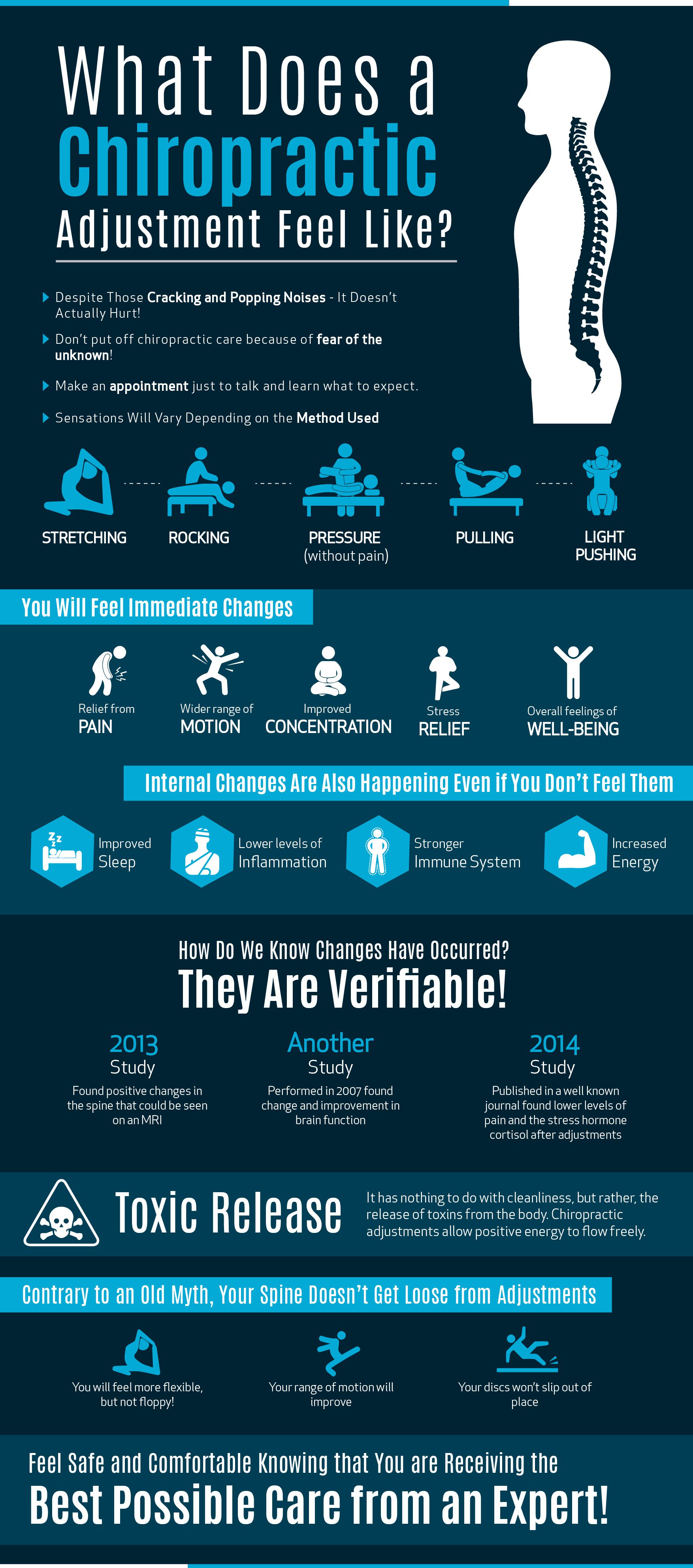The Partnership Between Pose And Pain In The Back: Methods For Keeping Appropriate Placement Throughout The Day
The Partnership Between Pose And Pain In The Back: Methods For Keeping Appropriate Placement Throughout The Day
Blog Article
Writer-Salisbury Bennett
Maintaining appropriate posture isn't practically sitting up directly; it's about aligning your body in a manner that supports your back and minimizes the threat of neck and back pain. The means you sit, stand, and relocate throughout the day can considerably impact your back health and wellness. However how specifically can you guarantee good alignment consistently, even throughout active days loaded with numerous tasks? Allow's dig deeper right into the subtle yet impactful changes you can make to your daily regimen to keep your back happy and healthy and balanced.
Significance of Proper Position
Appropriate position is vital in preserving a healthy and balanced back and preventing discomfort. When you sit or stand with great posture, your back remains in placement, lowering pressure on your muscular tissues, ligaments, and joints. This placement enables the body to disperse weight evenly, avoiding extreme stress and anxiety on specific locations that can cause pain and discomfort. By maintaining your spinal column effectively straightened, you can also improve your breathing and digestion, as slouching can press organs and restrict their functionality.
Additionally, maintaining good posture can improve your total look and confidence. When you stand tall with your shoulders back and head held high, you emanate self-confidence and appear even more approachable. Good posture can also make you feel extra stimulated and alert, as it promotes appropriate blood circulation and enables your muscular tissues to function successfully.
Including appropriate stance right into your daily regimen, whether resting at a workdesk, strolling, or exercising, is essential for stopping neck and back pain and promoting total well-being. Remember, a tiny modification in how you hold yourself can make a considerable difference in exactly how you really feel and work throughout the day.
Common Postural Mistakes
When it comes to maintaining excellent position, lots of individuals unknowingly make usual mistakes that can add to neck and back pain and discomfort. nausea and back pain of the most common errors is slouching or stooping over while resting or standing. This placement places excessive stress on the spinal column and can cause muscle imbalances and discomfort in the future.
Another usual blunder is overarching the reduced back, which can flatten the all-natural curve of the spinal column and create pain. In addition, crossing legs while sitting may feel comfy, yet it can develop an imbalance in the hips and hips, resulting in postural problems.
Using a cushion that's as well soft or too strong while sleeping can likewise impact your placement and add to back pain. Finally, regularly craning your neck to take a look at screens or readjusting your setting frequently can stress the neck and shoulders. Being mindful of these common postural errors can help you maintain much better positioning and minimize the threat of neck and back pain.
Tips for Correcting Positioning
To boost your positioning and reduce neck and back pain, it's important to focus on making small changes throughout your everyday routine. Start by being mindful of your pose. When resting, ensure your feet are flat on the floor, your back is straight, and your shoulders are kicked back. Avoid slouching or leaning to one side. Usage ergonomic chairs or pillows to support your lower back.
When standing, distribute your weight evenly on both feet, maintain your knees somewhat curved, and embed your pelvis. Engage chiropractic care center to sustain your back. Take breaks to stretch and walk if you have a less active work. Integrate discover this that strengthen your core and back muscle mass, such as slabs or bridges.
While sleeping, utilize a cushion that supports the all-natural curve of your neck to preserve correct spinal positioning. Avoid sleeping on your stomach, as it can stress your neck and back. By being mindful of these pointers and making small changes, you can slowly correct your positioning and reduce pain in the back.
Conclusion
Bear in mind, preserving great posture is essential to avoid back pain and promoting back health. By being mindful of your positioning, distributing weight evenly, and engaging your core muscles, you can minimize stress on your back and decrease the danger of discomfort and injury. Incorporate ergonomic assistance, take regular breaks to extend, and strengthen your core and back muscles to maintain proper positioning throughout the day. back pain treatment will thank you for it!
